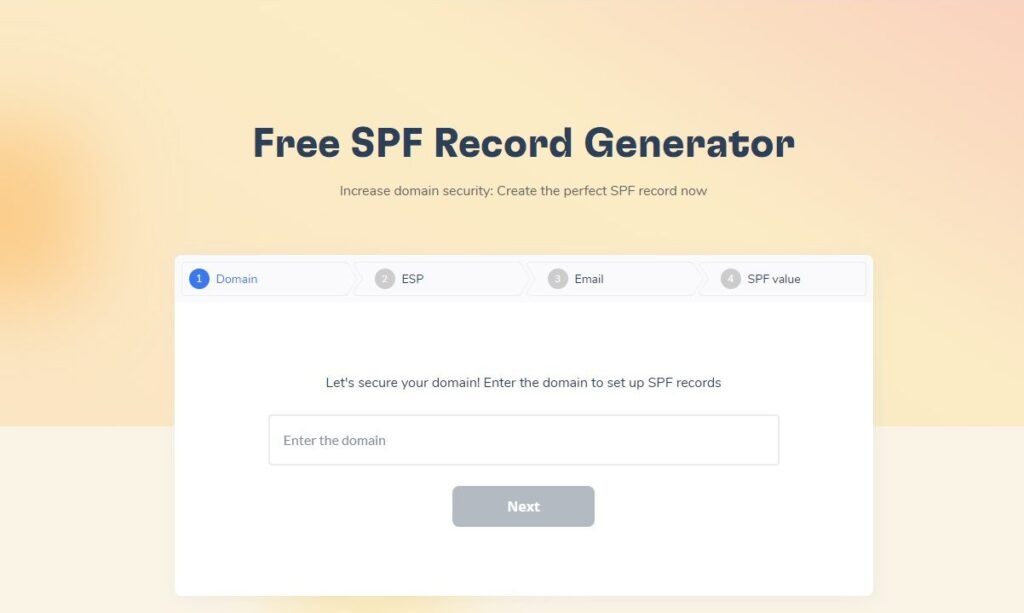The number of Gmail users in 2022/2023 reached 1.5 billion people. Many people love Gmail, it is convenient and much more functional.
What is spam?
Spam refers to unwanted or unsolicited electronic messages, typically sent in bulk.
These messages can be in the form of emails, text messages, or direct messages on social media platforms.
They are often commercial in nature and aim to promote products or services, but can also contain scams or phishing attempts.
Spam is generally seen as a nuisance and can clog up email inboxes, making it difficult to find important messages.
It is important to protect personal information by not responding to junk emails and by using filters to block them.
Why is Gmail the hardest thing to get into Inbox?
Gmail is known to be one of the most aggressive spam filters, meaning that it is highly effective at blocking unwanted messages but also has a higher chance of marking legitimate emails as spam.
This is because Gmail uses complex algorithms and machine learning models to determine whether an email is spam or not, based on a variety of factors such as sender reputation, email content, subject line, and more.
Additionally, Gmail is widely used, which means that it receives a high volume of emails every day, including a large number of spam messages.
To ensure that users have a positive experience, Gmail’s spam filter is designed to err on the side of caution, meaning that it may sometimes mark legitimate emails as spam.
To minimize this, it is important for email senders to follow best practices for email deliverability, such as avoiding triggering keywords and using a reputable email service provider.
How to prevent Gmail from getting into spam
First, you need to analyze your statistics. For this, the Postmaster Tools from Gmail comes in handy, which shows statistics on the delivery of our mailings to this mail.
We also advise you to subscribe to your newsletter with your emails to keep track of where your emails go. These mailboxes are very useful for testing your emails.
Let’s take a look at the reasons for getting emails in spam and what we should do?
1. Subscribers' behavior
If you do not engage in spam and your mailings are “white”, then the main reason why your emails end up in spam is the behavior of your subscribers, namely the poor response of subscribers to campaigns, which is expressed in low views and clicks (open rate, click rate).
What to do?
Ask your most active and loyal subscribers to get your email from the spam folder, reply to a letter, or add your email to the address book. This increases engagement and the likelihood of inbox hits.
If you have any issues with deliverability in Gmail, temporarily send emails only to your most active subscribers – those who have responded positively in the last 30 days. The best way is to send emails with some questions and ask the recipients to respond. This will help restore your reputation.
2. IP reputation - there were a lot of junk emails from the sender earlier
Your domain may be blacklisted.
An IP blacklist is a list of Internet Protocol (IP) addresses that have been identified as being associated with spam, malicious activity, or other security threats.
These blacklists are maintained by various organizations and can be used by email providers, web hosts, and other organizations to block incoming traffic from these IP addresses.
When an IP address is added to a blacklist, it can have a significant impact on the ability of the owner of that IP address to send emails, host websites, or access other online services. This is because email providers, web hosts, and other organizations that use the blacklist will reject incoming traffic from the blacklisted IP address.
To avoid being blacklisted, it is important to follow best practices for email deliverability and security, such as not sending large volumes of unsolicited emails, using proper authentication methods, and promptly addressing any security incidents.
If an IP address has been blacklisted, the owner can request to be removed from the blacklist by demonstrating that the issues that led to the blacklisting have been resolved.
3. Domain reputation
Domain reputation refers to the perceived quality and trustworthiness of an internet domain, based on factors such as the types of content hosted on the domain, the behavior of its users, and its history of spam or security incidents.
Email providers, such as Gmail, use domain reputation as a factor in determining whether an incoming email is a spam or not. For example, an email from a domain with a good reputation is more likely to be delivered to the inbox, while an email from a domain with a poor reputation is more likely to be marked as spam or rejected entirely.
Factors that can affect a domain’s reputation include the sending volume and pattern of the domain, the content of the emails sent from the domain, the number of spam complaints and unsubscribes, and the presence of security threats such as malware or phishing.
Building a good domain reputation isn’t easy, and fixing it is even harder. The best way to fix a domain’s reputation is to turn to email deliverability services like Warmy to warm up your email and improve email deliverability.
The main task of Warmy is to prevent your emails from getting into your spam folder.
4. Lack of Personalization
Mass-produced, generic emails that are not personalized are more likely to be marked as spam.
Email personalization is the key to successful email campaigns. Personalized messaging has been proven to be much more effective.
All about email personalization – What is email personalization and why is it needed?
5. Email Content
The content of the email, such as including too many links or graphics, can trigger spam filters.
If your email provider has noted that similar emails have already been recognized as spam, clean up your email. Change the text and images. Do not use more than three sizes or names of fonts and more than two colors of fonts in one letter, uppercase letters, exclamation marks, and stop words in the subject line. Eliminate symbols and numbers for spelling words, grammatical errors, and large images. These are the methods of spammers.
6. Mailbox Setting
Make sure you set up SPF, DKIM, DMARC and DNS records. If not, we have detailed instructions on how to do it:
✅ Why Do You Need to Configure SPF, DKIM, DMARC and How To Set Them
✅ What are DNS MX record, DNS A-record, rDNS and how does it work?
Maximize your email deliverability with ease! Warmy invites you to experience our Free SPF Record Generator. Protect your domain and increase trust with ISPs by crafting the perfect SPF record in just a few clicks. Ready to ensure your emails land in the right inbox? Visit Free SPF Record Generator and secure your email communication for free!

7. New domain
If your domain is new and you have not done mass mailings from it before, or have done it for a long time, then you need to warm-up your email / domain.
You can do it manually, but it is always long and requires a lot of effort, it is better to use a special service, such as Warmy, which will warm up the domain for you.
The email warm-up service works by gradually warming up your email, informing your ISP that your emails can be trusted.
How to email warm-up works – you connect your email to Warmy, and we start sending emails gradually increasing their number. These emails are automatically opened and answered. The email warm-up tool also automatically extracts emails from the spam folder and marks them as important.
All correspondence is done using artificial intelligence, taking into account the topic of your business, language, domain age, all settings, etc.
8. Essential Email List Maintenance
Don’t forget to clean your base. Remove broken addresses, inactive subscribers, and those who complain about your emails as SPAM.
9. Subscription and unsubscription
Use a Double-Opt-In Subscription.
And be sure to enable the user to unsubscribe from your mailings. Do not hide this button, and make the process straightforward so that you can unsubscribe in one click. You don’t need such subscribers anyway.
Conclusion
Preventing spam is much easier than getting rid of it. Do your best – entrust this to professionals. Warmy here for you!






![Text on a white background reads: SMTP Error 451 How to Resolve [SOLVED] in bold black and red text. A faint, blurred orange spot in the lower right corner adds subtle emphasis to the SMTP Error 451 issue.](https://warmy-blog-wordpress-bucket.s3.amazonaws.com/wp-content/uploads/2025/12/24095059/SMTP451.webp)





